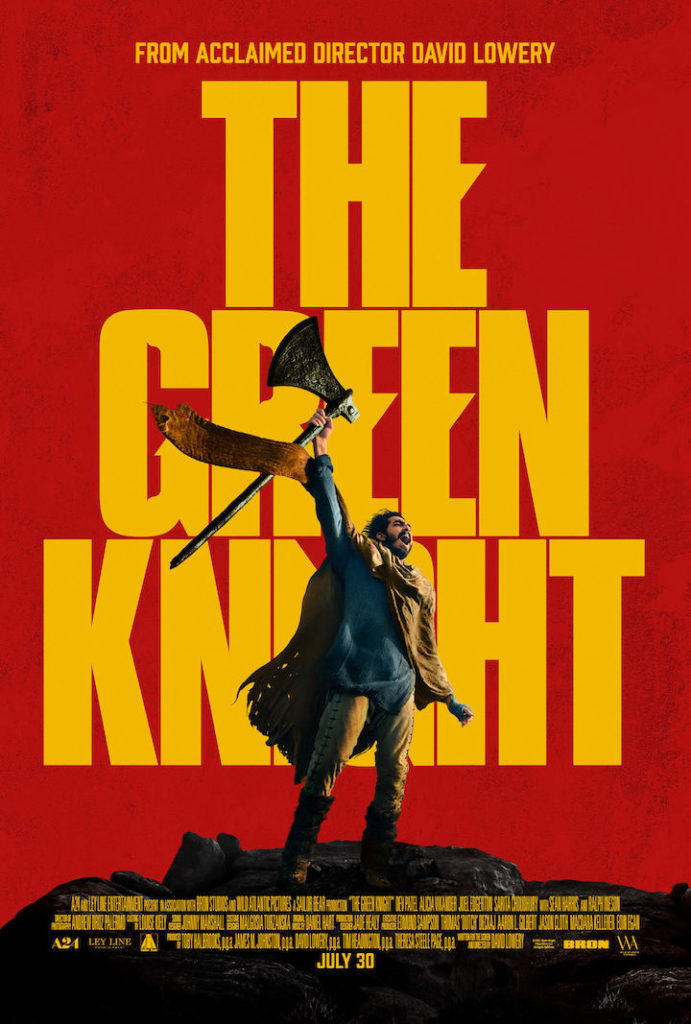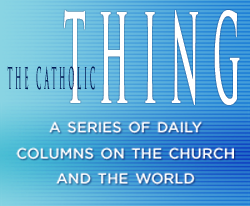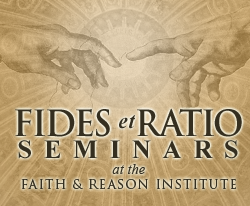A Midwinter Knight’s Dream
In the 14th-century Arthurian story, the Green Knight comes riding into the great hall at Camelot during extended Christmas-New Year celebrations and challenges any of the knights of the Round Table to take a blow at him with the great axe he carries in one hand – on condition that one year later, the Green Knight will return the blow at the place called the Green Chapel. Only Sir Gawain, Arthur’s nephew, (and let’s get this straight now: it’s pronounced GOW-in) accepts the challenge and beheads the Green Knight with one mighty swing.
The Green Knight, however, remains “horsed” and, reaching down, retrieves his severed head and rides away.
A year later, Gawain must set off to fulfill his part of the pledge.
And that’s the general outline of writer-director David Lowrey’s new R-rated film, The Green Knight. But the original story was very much an exposition of the Christian ideal of knighthood – its virtues and trials – and Gawain is shown to be an exemplar of the chivalric ideal. Mr. Lowrey’s movie is very much not Christian. In fact, it’s modernist and cynical.
Lowrey’s is a Gawain for our time. He’s not yet the knight, as he is in the original tale, and he seems to step forward to accept the Green Knight’s challenge in desperate hopes of winning his spurs and impressing his uncle, the king.
Click here to read the rest of Mr. Miner’s review at The Catholic Thing . . .



